In the 21st century, Korean culture has become a global sensation, captivating audiences worldwide with its unique blend of tradition and modern innovation. From gripping dramas to chart-topping music, the Korean wave, or Hallyu, is more than just entertainment—it’s a testament to the power of storytelling, historical resilience, and creativity born from adversity. Let’s explore why Korean culture holds such sway in today’s world.
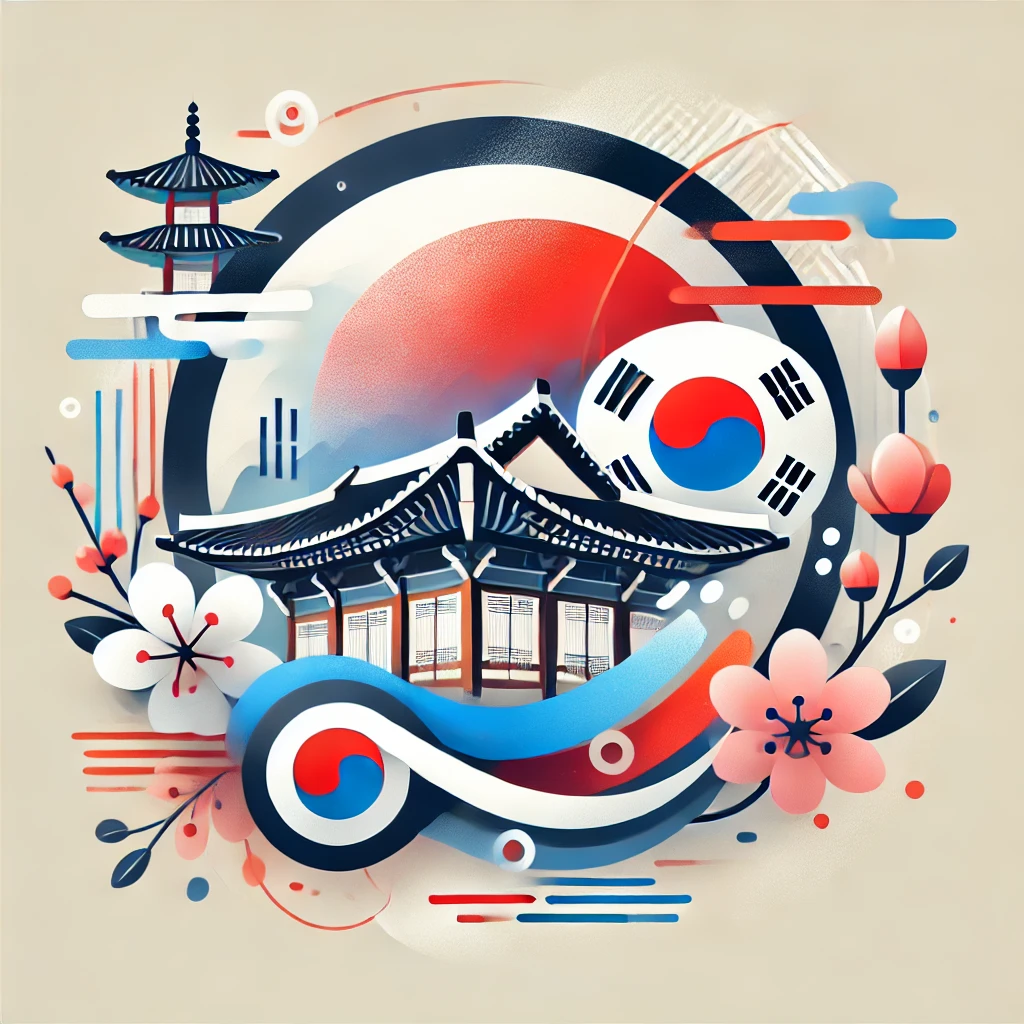
The Power of Storytelling Rooted in History
Korean narratives are deeply embedded in rich historical contexts, allowing them to resonate universally.
Historical Influence on Modern Media
- Goryeo and Joseon Dynasties: These periods provide a backdrop for many historical dramas (sageuk), offering viewers a glimpse into Korea’s past.
- Folk Tales and Legends: Stories like The Tale of Hong Gildong inspire modern adaptations, bridging the old with the new.
Compelling Story Elements
| Element | Description | Examples |
|---|---|---|
| Complex Characters | Multifaceted personalities with depth | Parasite, Mr. Sunshine |
| Universal Themes | Love, family, honor, and betrayal | Crash Landing on You, Goblin |
| Plot Twists | Unexpected turns keeping audiences engaged | Oldboy, Kingdom |
Adaptation Through Difficult Times
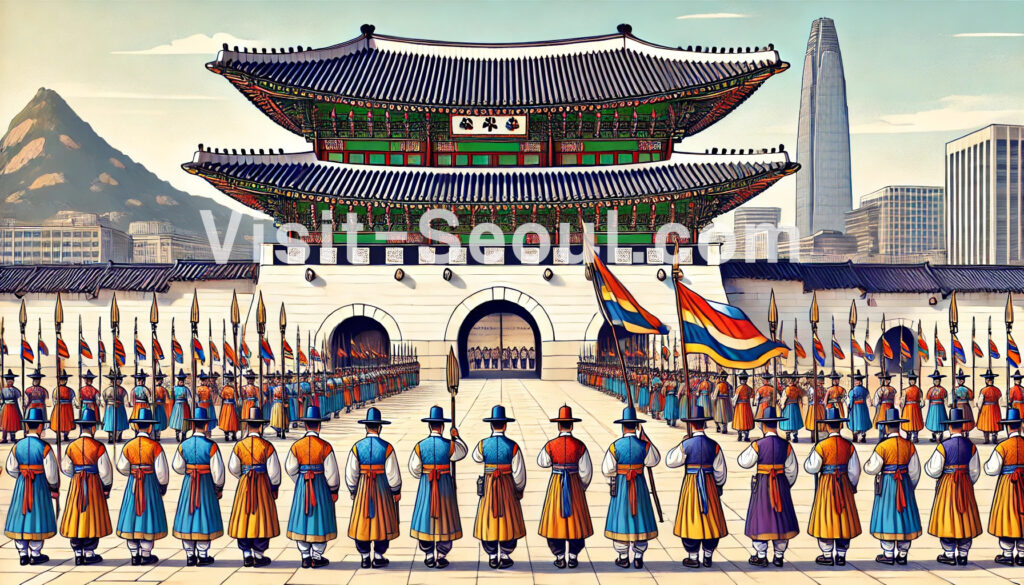
Korea’s tumultuous history has fostered a culture of resilience and adaptability.
Historical Challenges and Adaptations
| Era | Challenges Faced | Adaptive Responses |
|---|---|---|
| Japanese Occupation (1910-1945) | Cultural suppression | Preservation of language and traditions |
| Korean War (1950-1953) | Division and devastation | Strong emphasis on education and innovation |
| Modern Day | Rapid globalization | Leading in technology and cultural exports |
Cultural Resilience
- Preservation of Language: Despite foreign invasions, the Korean language thrived and was standardized with Hangul.
- Economic Growth: Strategic focus on industries like technology and entertainment propelled Korea onto the global stage.
Creativity Born from Hardship
Adversity has often spurred Korean creativity, leading to innovative expressions in art, music, and literature.
Music Industry Evolution
- From Traditional to K-Pop: Incorporating global influences while retaining Korean essence has created a unique music genre.
- Global Outreach: Artists like BTS and BLACKPINK have topped international charts, breaking language barriers.
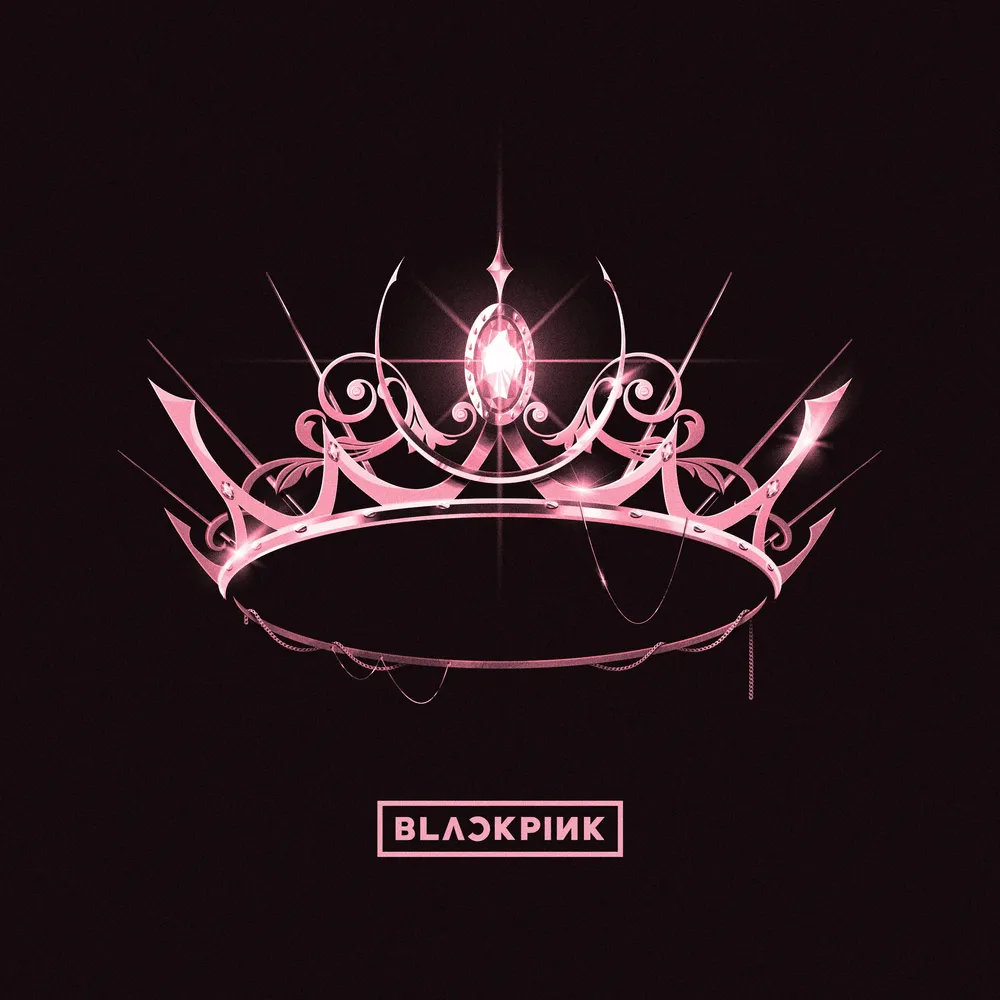
Film and Television
- Award-Winning Cinema: Parasite made history by winning the Oscar for Best Picture.
- Innovative Content: Korean creators blend genres and explore new storytelling methods, captivating a global audience.
Visual Arts and Fashion
| Field | Notable Works/Artists | Impact |
|---|---|---|
| Visual Arts | Nam June Paik’s video art | Pioneer of video as an art form |
| Fashion | Designers like Lie Sang Bong | Fusing traditional designs with modern fashion |
Why Korean Culture Resonates Globally
Authenticity and Relatability
- Emotional Depth: Stories that touch on genuine human experiences, allowing global audiences to connect.
- Cultural Specificity with Universal Appeal: Local stories with messages that resonate universally.
Technological Integration
- Digital Platforms: Extensive use of social media and online platforms to reach international audiences.
- Streaming Services: Easy access to Korean content worldwide through platforms like Netflix and YouTube.

Government Support
- Cultural Exports: Investment in promoting Korean culture abroad through various initiatives.
- Cultural Exchanges: Festivals and events that encourage global participation and appreciation.
Experiencing Korean Culture Amidst Its Fast-Paced Society
Seoul embodies the fusion of rapid development and cultural richness.
‘Ppalli-Ppalli’ Culture
- Definition: The “hurry-hurry” mindset leading to efficiency and innovation.
- Impact on Tourism: Fast services from transportation to dining enhance visitor experiences.
Must-Visit Cultural Spots
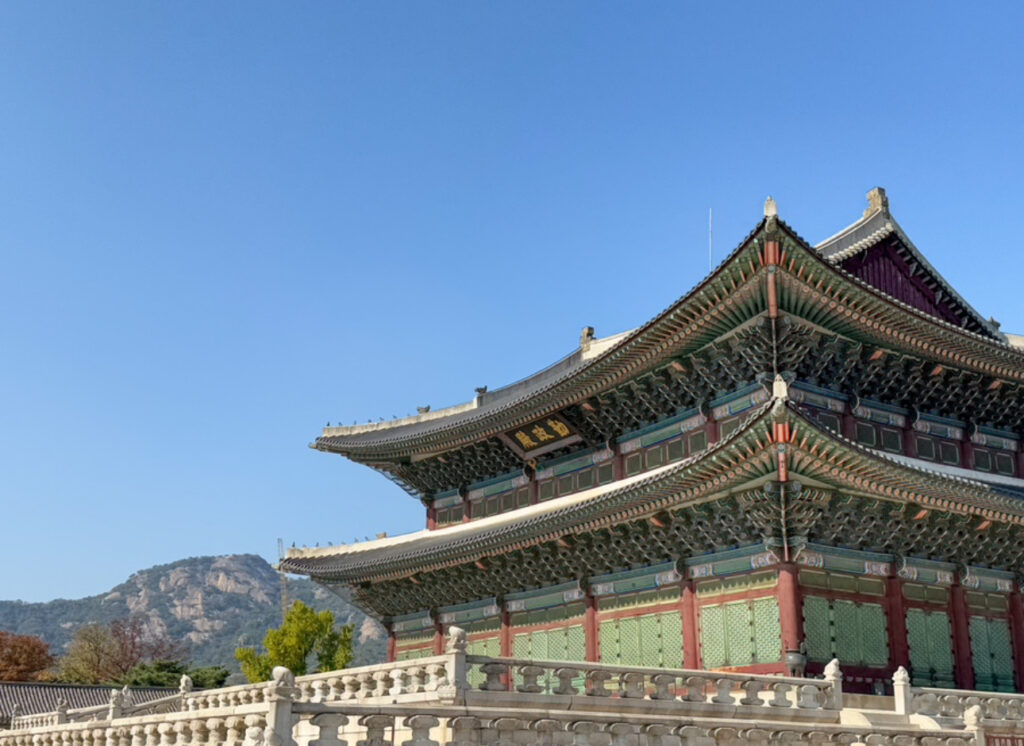
| Location | Cultural Significance |
|---|---|
| Gyeongbokgung Palace | Glimpse into royal history amidst the modern city |
| Bukchon Hanok Village | Traditional Korean houses showcasing historical architecture |
| Insadong | Hub for traditional crafts and tea houses |
| Dongdaemun Design Plaza | Intersection of futuristic design and cultural events |
Tips to Immerse Yourself in Korean Culture
- Attend Cultural Performances
- Traditional Music and Dance: Experience shows like Nanta or Pansori performances.
- Explore Historical Sites
- UNESCO World Heritage Sites: Such as Changdeokgung Palace and Jongmyo Shrine.
- Engage with Locals
- Language Exchanges: Join groups to learn basic Korean phrases and make new friends.
- Cooking Classes: Learn to make dishes like kimchi or bibimbap for a hands-on cultural experience.
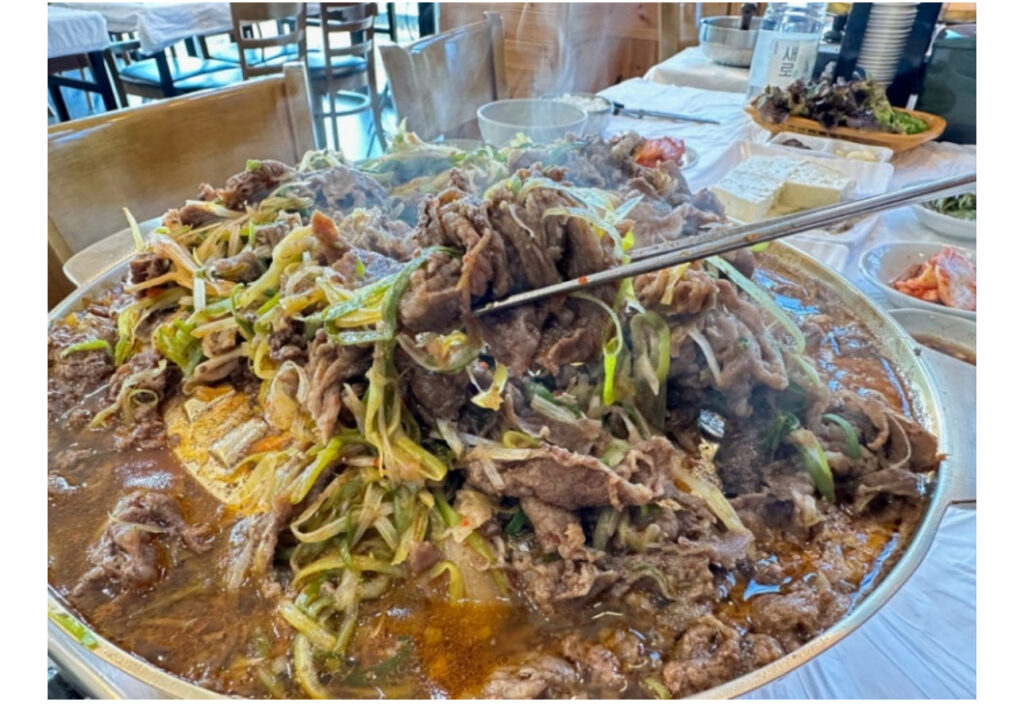
- Experience the Fast-Paced Lifestyle
- Technology Hubs: Visit areas like Gangnam to see cutting-edge innovations.
- Efficient Public Services: Use high-speed trains and enjoy quick, reliable public transportation.
Understanding the Blend of Tradition and Modernity
Korea seamlessly integrates its rich heritage with cutting-edge innovation.
Cultural Preservation Amidst Modernization
| Traditional Aspect | Modern Integration |
|---|---|
| Hanbok (Traditional Clothing) | Modern designs in fashion shows and everyday wear |
| Hangul (Korean Alphabet) | Celebrated in digital media and technology apps |
| Festivals | Traditional celebrations with contemporary elements |
The influence of Korean culture in the modern century is a testament to its powerful storytelling, resilience through history, and the creativity that flourishes in challenging times. Whether it’s through a captivating drama, a moving song, or a visit to a historical site in Seoul, there’s something inherently compelling about the Korean experience that resonates with people around the world.
What’s your favorite aspect of Korean culture? Share your thoughts in the comments below!
Leave a Reply